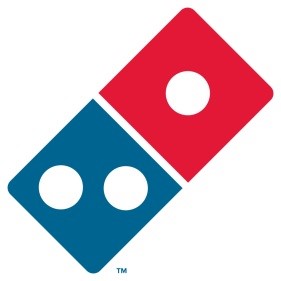Why Domino’s Pizza® Decided to Move 10,000 Store Servers to Hyper-V
 Your stomach rumbles. Your mind dreams of pizza. Your fingers type “dominos.com.” If the servers don’t respond with “May I take your order?” in about two seconds flat, your stomach, mind, and fingers go elsewhere.
Your stomach rumbles. Your mind dreams of pizza. Your fingers type “dominos.com.” If the servers don’t respond with “May I take your order?” in about two seconds flat, your stomach, mind, and fingers go elsewhere.
That’s the challenge faced by Domino’s Pizza, which receives a full one-third of its US orders online. If its store servers aren’t up and running to receive those orders, a third of its business evaporates.
Domino’s has over 10,200 stores in more than 70 international markets (nearly 5,000 in the United States). That’s a lot of store servers to monitor for performance and availability. Several years ago, the company put an extra server in each store for backup. That was a start, but store staffs were pizza makers, not IT pros, and they had trouble switching the point-of-sale (POS) system over to the backup server when the primary server hiccupped.
Domino’s then installed virtualization software on the store servers and moved the POS system to a virtual machine (VM) that could be “floated” from the primary to the backup server when needed. That worked, but not perfectly. The VM wouldn’t start in the morning when stores rebooted their servers, leading to a flood of help-desk calls. The virtualization software also limited available hardware resources, which added to the performance and stability problem.
Domino’s found a better way. It switched its store virtualization layer to Hyper-V when it upgraded those servers to the Windows Server 2008 R2 operating system. Hyper-V was faster. More stable. And opened up easier management possibilities using the company’s Microsoft data center management infrastructure—Microsoft System Center.
Switching over to Hyper-V is optional, but so far, 750 stores have made the move. The firm expects most of its 5,000 US stores and many international franchisees to adopt the technology. For stores that have moved to Hyper-V, the Domino’s help-desk staff has seen a 99 percent reduction in calls about VM startup problems. Performance and stability problems—and associated panicked help-desk calls—have disappeared.
Domino’s franchisees are quick to see the impact that this nerdy, back-room technology change has on selling pizza. “Domino’s online ordering is key to our stores’ performance throughout the Los Angeles and San Diego areas,” says Shane Casey, Domino’s Pizza franchise owner in San Diego and Los Angeles, California. “When our online ordering slows or shuts down, a huge number of our customers are lost in an instant. The switch to Hyper-V has translated into an improved online ordering experience for our customers, who are number-one to us.”
Domino’s is also achieving impressive IT management efficiencies by using System Center. Two server administrators are managing 15,000 computers (two physical servers and one VM in 5,000 US stores)—a heck of a lot higher ratio than the traditional 1 server administrator to 200 servers. Lance Shinabarger, Vice President of Global Infrastructure for Domino’s Pizza, says his staff would have been “under water” without System Center.
In Hyper-V, Domino’s Pizza has found a recipe that makes stores, customers, IT, and finance happy. Oh Yes They Did.
For more information, read the full story online or view the video below.